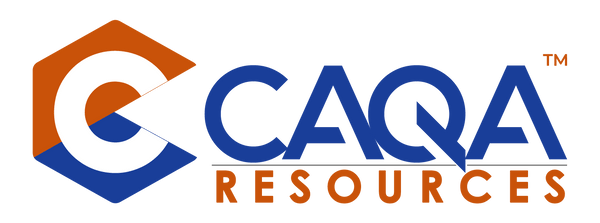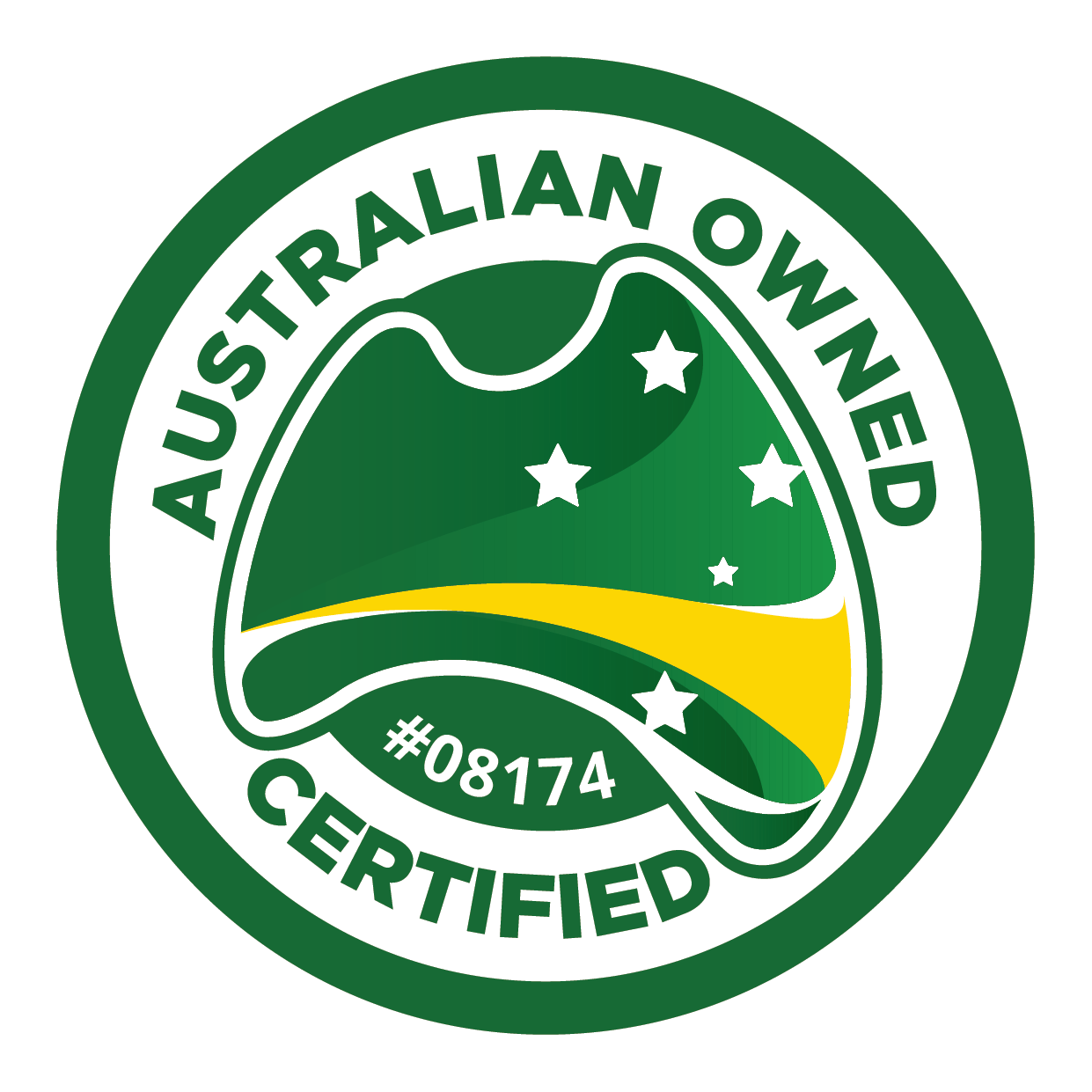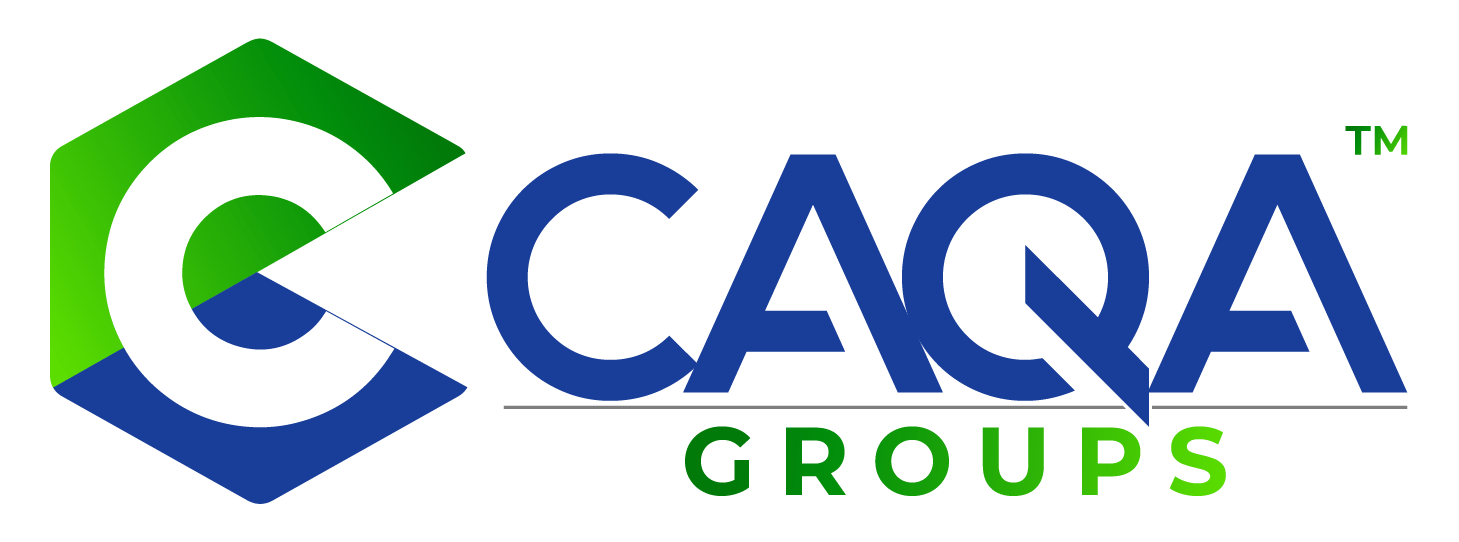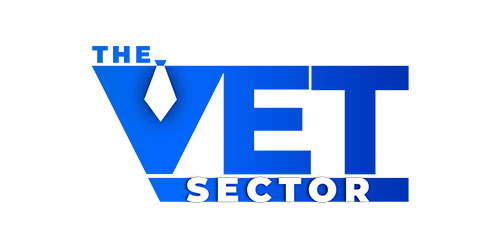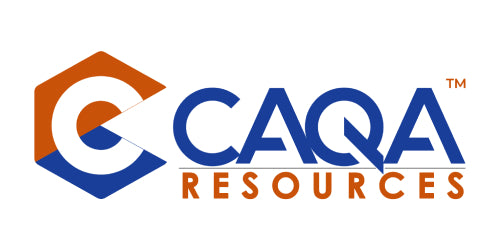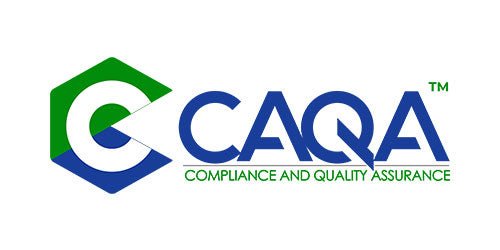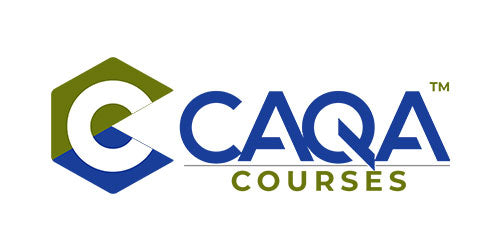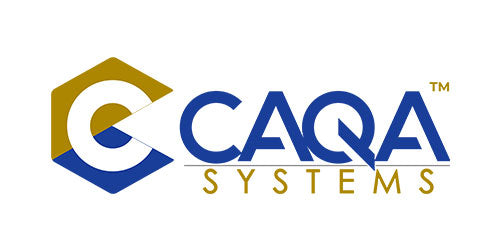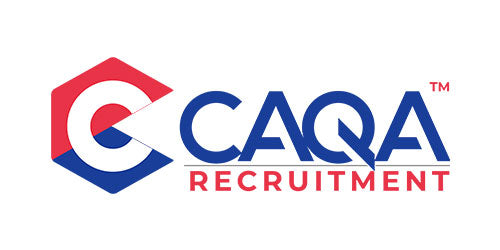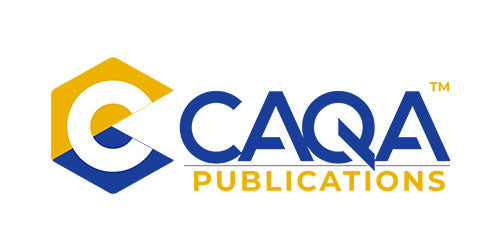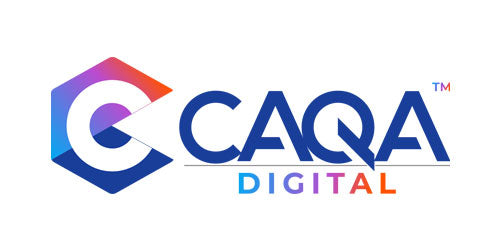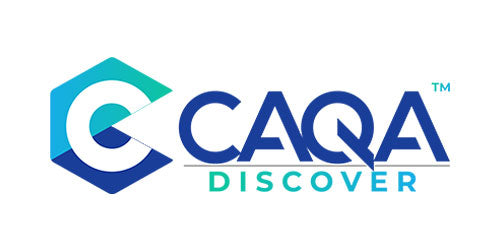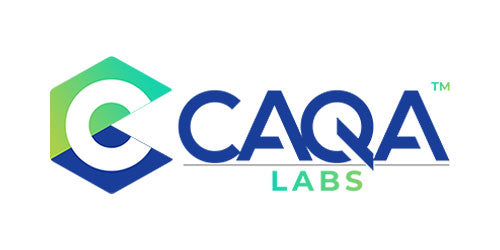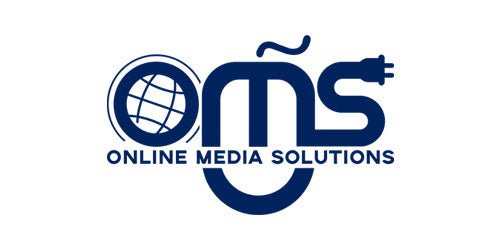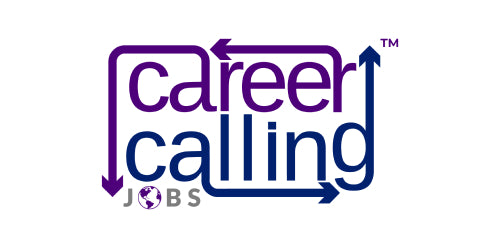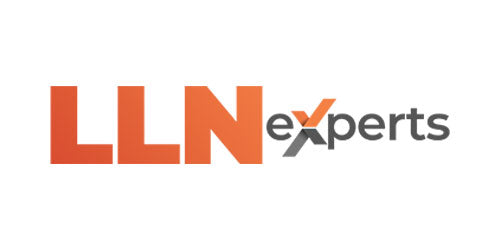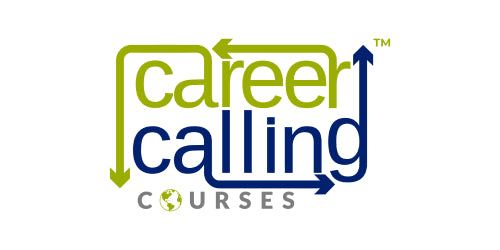In the first two parts of this series, we explored the importance of tailoring Training and Assessment Strategies (TAS) to different learner cohorts. We delved into the auditors' role in examining these quality and compliance strategies. Now, we will focus on the essential elements that should be included in a well-crafted TAS template to ensure it serves as a comprehensive roadmap for delivering high-quality, compliant training and assessment.
Training Product Details
The TAS template should clearly specify the training product details, including the qualification code and title, as well as the core and elective units of competency. It should also provide a brief description of the qualification and its intended outcomes, aligning with the training package requirements. Additionally, the template should include the Australian Qualifications Framework (AQF) level and the expected volume of learning for the qualification.
RTO Information
Include the RTO's legal name, RTO code, and contact details of the key personnel responsible for the training product delivery. This section should also provide an overview of the RTO's scope of registration and its experience in delivering the specific training product. Any partnerships or third-party arrangements related to the delivery of the training product should also be outlined here.
Industry Consultation and Validation
The TAS template should document the industry consultation and validation processes undertaken in developing and reviewing the training and assessment strategies. This section should include details of industry engagement activities, such as meetings with industry representatives, surveys, or focus groups. It should also outline how industry feedback has been incorporated into the design and content of the training product, ensuring its relevance and alignment with industry needs and expectations.
Learner Profile and Entry Requirements
Provide a detailed description of the target learner cohort, including their demographics, educational background, employment status, and any specific learning needs or preferences. This section should also outline the entry requirements for the training product, such as minimum age, language proficiency, literacy and numeracy skills, or prerequisite qualifications. Any additional requirements, such as police checks or working with children checks, should also be specified here.
Training Delivery Strategies
Describe the training delivery strategies that will be employed, including the modes of delivery (e.g., face-to-face, online, blended), the duration and scheduling of training sessions, and the learning activities and resources that will be used. This section should also outline the rationale for the chosen delivery strategies, explaining how they align with the learner cohort's needs, industry requirements, and the nature of the training product.
Assessment Strategies
Detail the assessment strategies that will be used to gather evidence of learner competence. This should include information on the types of assessment methods (e.g., written tests, practical demonstrations, projects), the assessment tools and resources, and the assessment conditions. The template should also specify how the assessment strategies align with the unit of competency requirements and how they will ensure validity, reliability, fairness, and flexibility in the assessment process. The training and assessment strategies should encompass the timing and the specifics of when, how, and where the assessment is to take place. This comprehensive approach ensures a thorough evaluation process that is both effective and efficient.
Learning Resources and Infrastructure
Outline the learning resources and infrastructure required to support the effective delivery of the training product. This may include training facilities, equipment, learning materials (e.g., textbooks, handouts, digital resources), and any specialised software or technology. The template should also specify how learners and trainers will access and use these resources, ensuring their availability and suitability for the intended purpose.
Trainer and Assessor Requirements
Specify the qualifications, skills, and experience required of trainers and assessors delivering the training product. This section should align with the Standards for Registered Training Organisations (RTOs) 2015, ensuring that trainers and assessors hold the necessary vocational competencies, current industry skills, and training and assessment qualifications. It should also outline any professional development activities or industry engagement initiatives that trainers and assessors will undertake to maintain their currency and competence.
Learner Support and Welfare Services
Describe the support services and welfare arrangements available to learners throughout their training journey. This may include language, literacy, and numeracy support, disability support, counselling services, or referrals to external support agencies. The template should also outline the processes for identifying and addressing individual learner needs and the strategies for monitoring learner progress and providing feedback and assistance.
Monitoring and Evaluation
Outline the strategies for monitoring and evaluating the effectiveness of the training and assessment strategies. This may include regular learner progress and achievement data reviews, feedback from learners, trainers, and industry stakeholders, and quality assurance audits. The template should also specify the processes for identifying areas for improvement and implementing corrective actions, ensuring the ongoing quality and relevance of the training product.
Continuous Improvement
Describe the RTO's approach to continuous improvement in relation to the training product. This section should outline the processes for incorporating feedback, industry changes, and regulatory updates into the training and assessment strategies. It should also highlight the RTO's commitment to ongoing professional development for trainers and assessors and the regular review and updating of learning resources and assessment tools.
Approval and Version Control
Include version control information, such as the document's creation date, revision history, and approval details. This section should also specify the individuals responsible for reviewing and approving the TAS and the frequency of reviews and updates. Ensuring that all stakeholders have access to the most current and authorised version of the TAS is crucial for maintaining consistency and compliance.
By incorporating these essential elements into the TAS template, RTOs can create a comprehensive and robust framework for delivering high-quality, compliant training and assessment. The template should be designed to facilitate effective planning, implementation, and evaluation of the training product while also promoting transparency, accountability, and continuous improvement.
It is important to note that the TAS template should be tailored to the specific needs and context of the RTO and the training product being delivered. The level of detail and the specific content included in each section may vary depending on the complexity of the qualification, the learner cohort, and the industry requirements.
Moreover, the TAS template should be viewed as a living document that is regularly reviewed and updated to reflect changes in the training package, industry needs, and regulatory requirements. Engaging stakeholders, such as industry representatives, trainers, and learners, in developing and reviewing the TAS can help ensure its relevance, effectiveness, and continuous improvement.
In the next part of this series, we will explore the process of completing a TAS template, providing step-by-step guidance and best practices to help RTOs create effective and compliant training and assessment strategies.


